Jaffna Market
Jaffna Market has no shortage of spectacular sights. Located right in the heart of the town, this prominent yellow tinged block is most popular for selling fresh produce, exotic spices and local confections. It is also a veritable treasure trove where with every turn something wondrous lurks ready to be explored.
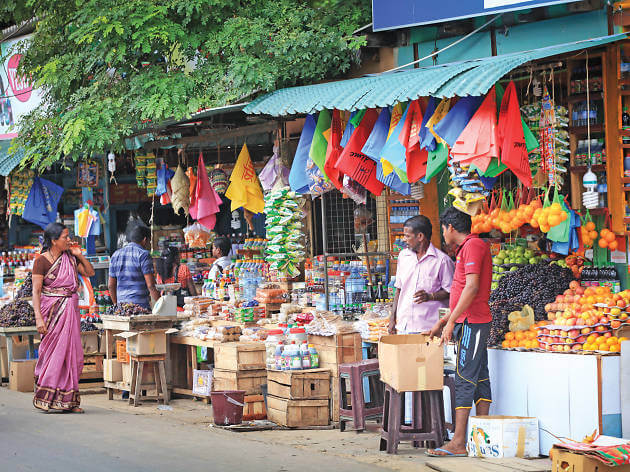
Dambakola Patuna
Dambakola Patuna or Jambukola Patuna is an ancient port in the north of Jaffna which was used during pre Christian times. After Arahant Mahinda brought Buddhism to Sri Lanka in 250BC, his sister, Theri Sanghamitta arrived in Sri Lanka with a Sacred Bo Sapling one year later to this port. The temple Samudda-panasala (Jambukola Viharaya) was built commemorating the arrival of the Bo sapling by King Devanapiyatissa (250-210 BC).
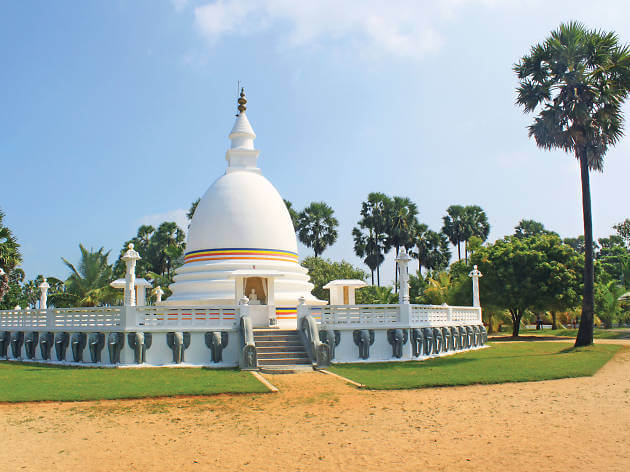
Kadurugoda Temple
Among the Buddhist places in Yapa Pattana (Jaffna) Kadurugoda Viharaya or Kantarodai holds an important place in Sri Lanka‘s history. This temple is located on the Hunugama (Chunnakam) – Minipe (Manipai) road about 02 KMs from Hunugama. The first archaeological excavation on the site was reported to have been done by Paul. E. Pieris in 1917 and 1919. He found remains of a shrine room, several Buddha images, coins, about 60 small and large Stupas Dagaba pieces of pinnacles of Stupas, pieces of stone with imprints of the Buddha’s foot and tiles from the site.

Nagadeepa Viharaya ( Temple )
The sandy island of Nagadeepa, sheltered by Coconut palm groves as well as Palmyrah palm trees, features two main jetties set apart by a distance of no more than 300 meters. One of the jetties brings into the immediate vicinity, the Hindu Kovil at the beach while the other leads straight to the Nagadeepa Viharaya, which is also of close proximity of the beach. The boats reaching the island opt for either of the two depending on the passengers brought in from Jaffna: should there be more Hindus, it will be moored to the jetty close to the Hindu Kovil; should there be more Buddhist passengers, the boat would be moored to the jetty closer to the Buddhist temple.
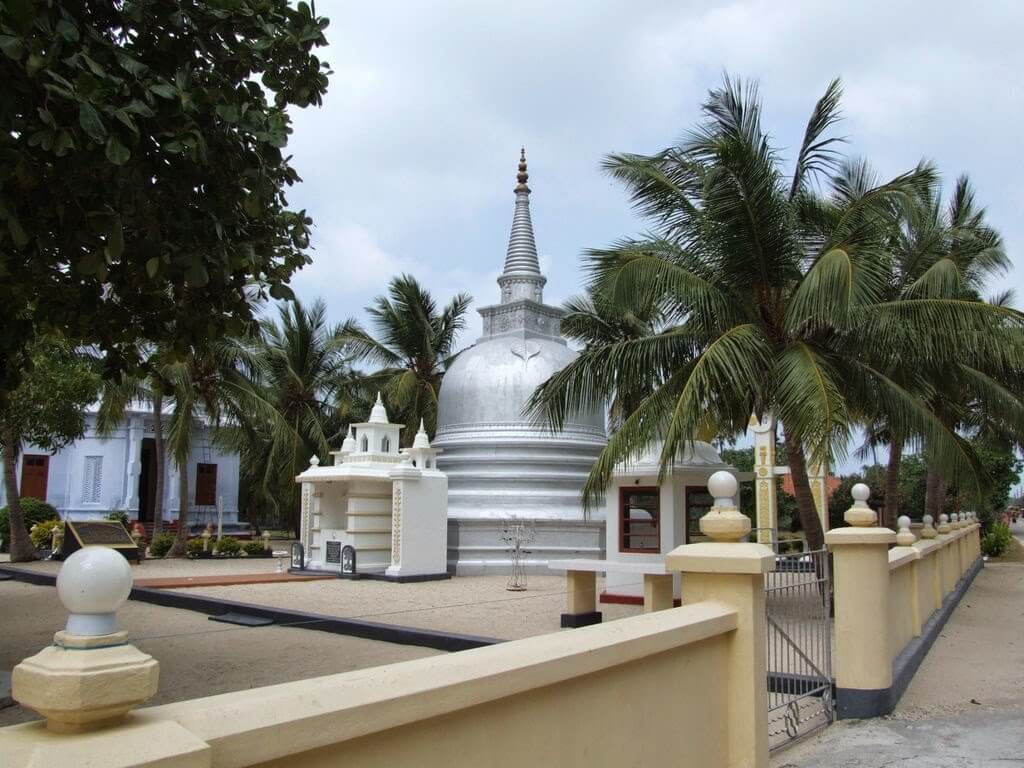
Manthiri Manai Mansion
Traveling 1 km on the Point Pedro road from the Nallur Kandaswamy
Kovil in Jaffna you will come across a an old dilapidated mansion
on the left side of the road. This abandoned mansion built with a
mixture of colonial and hindu architecture is called the Manthiri
Manai in Tamil which translates to Ministers Adobe. Like the
Poothathamby Arch which lies about 100 meters before this
building, the history of this adobe is lost in time.
Number of theories has come up on the history of this mansion.
Some believe this mansion as part of the palace of last regional
king of Jaffna, King Sangili.

Sangiliyan Statue
Glistening in the sun, this gold-hued statue was first erected in 1974. It portrays Cankili II, the last king of the Jaffna Kingdom (he died in 1623). During the war the statue was removed. It was restored in 2011 but not without the kind of controversy that is common in the north. Some Tamils contend that the current version lacks some of the heroic features of the original.

Nallur Kandaswamy Kovil
In the hot arid lands of Nallur, in Jaffna, rises the majestic Hindu temple for Skanda/ Murugan – the god of love, war and beauty. It has reigned over the land for centuries, attracting devotees from various walks of life. The temple itself embodies a kind of peace that can only be felt in the most divine of places.
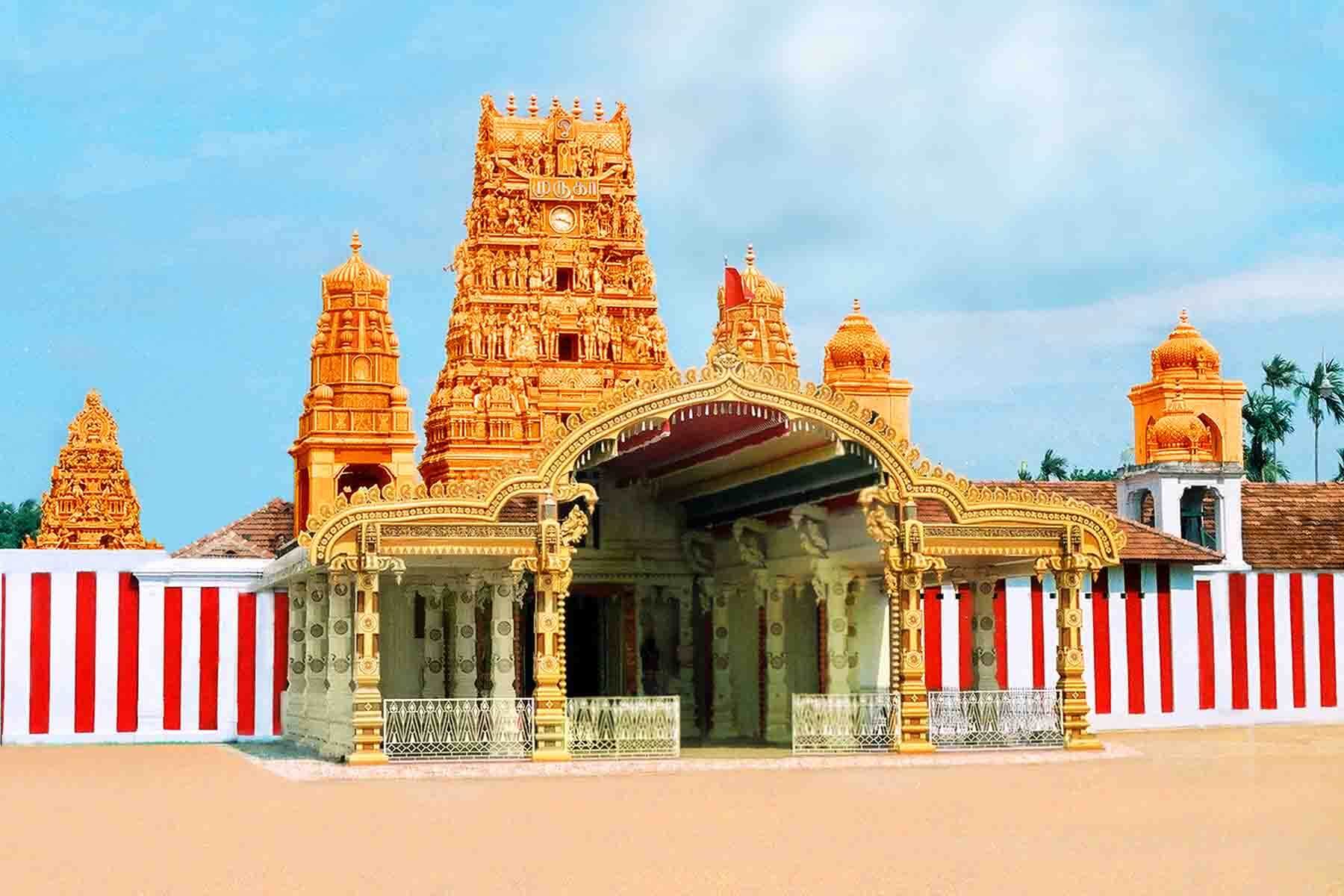
Archaeological Museum
Jaffna Archaeological Museum is located in Nallur, Jaffna, Sri Lanka. The land was given to museum by Arumuga Navalar Foundation, and front portion has Navalar Cultural Hall. The museum houses a rare collection of antiquities. Buddhist and Hindu religious collection are in big collection, which are in various forms of metal, wood and stone. The excellent collections begin in time from the period of ancient period Sri Lanka to the colonial era. Also, some of the archaeological excavations findings of Kandarodai can seen at this museum.
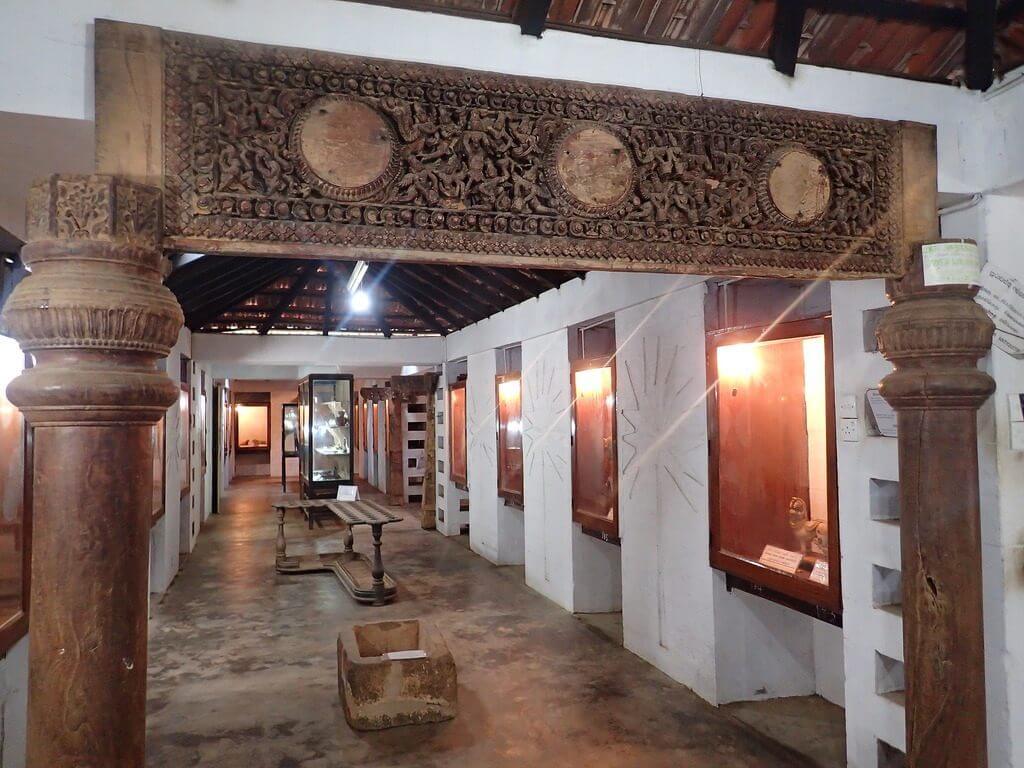
Public Library
Tellingly, one of the first major buildings to be rebuilt after
the 2002 ceasefire was Jaffna's Public Library. It had been burnt
down by pro-government mobs (some say forces) in July 1981, a
destruction that many Tamils deemed a cultural attack – few acts
were more significant in the build-up to civil war.
In its reconstruction, architects kept true to the elegant
original neo-Mughal design from 1959. Today it’s a bright spacious
place that's very actively used by Jaffna's citizens.
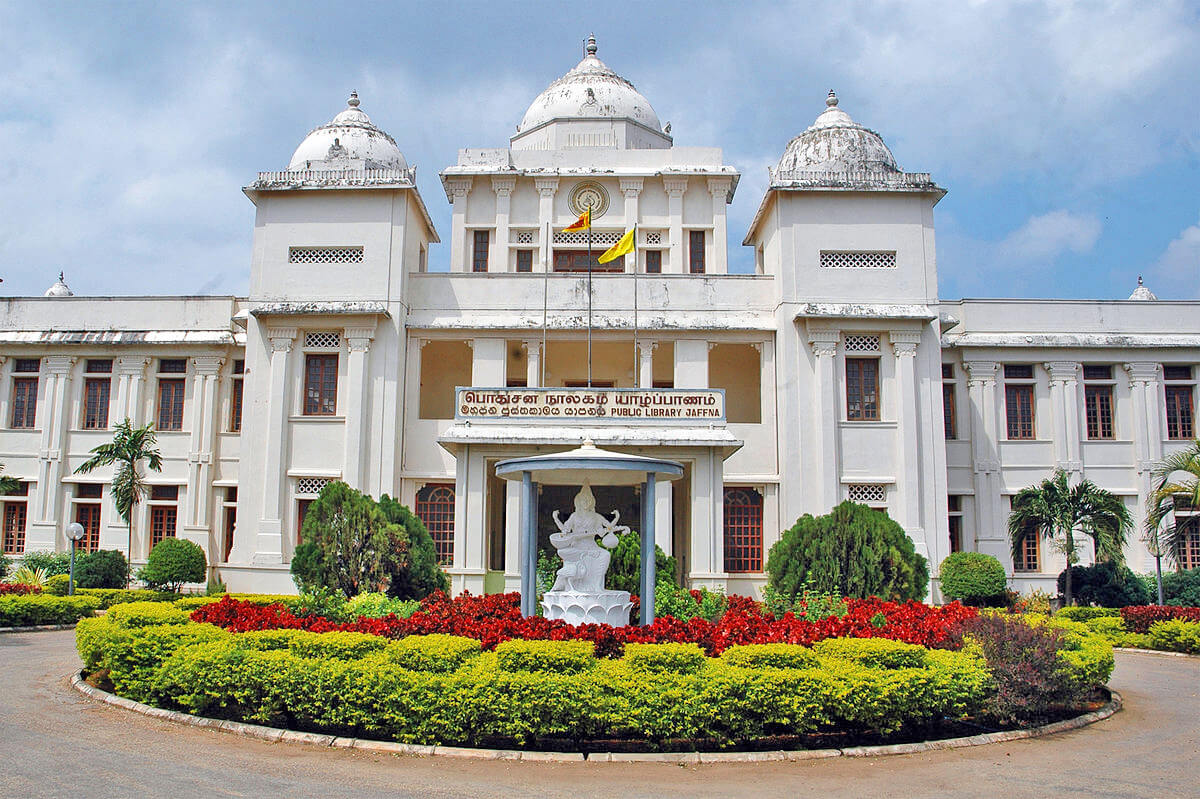
Jaffna Fort
Sections of this vast complex overlooking the Jaffna lagoon have
been recently restored, though much work continues. Once one of
the greatest Dutch forts in Asia, it was built in 1680 over an
earlier Portuguese original, and defensive triangles were added in
1792 to produce the classic Vaubanesque star form.
Jaffna's fort has been fought over for centuries. Today you're
free to explore its walls, admire its gateways and moats, study
some exhibits and view the city from its ramparts.
